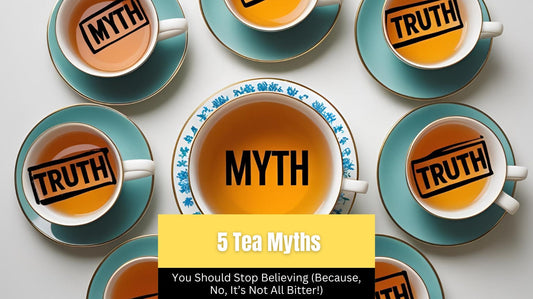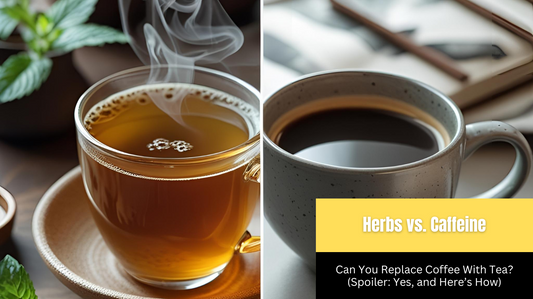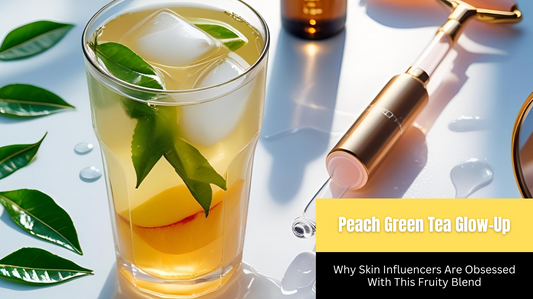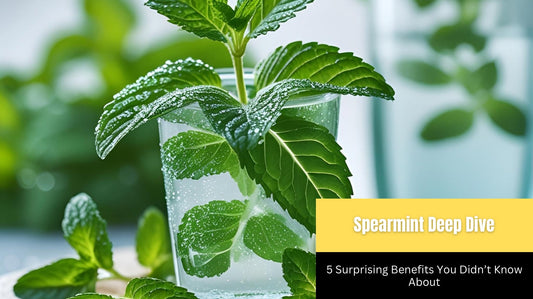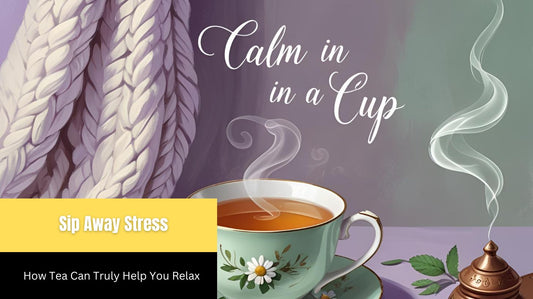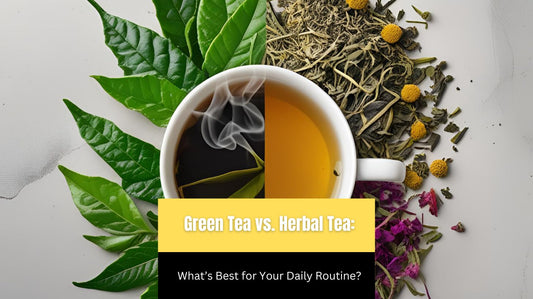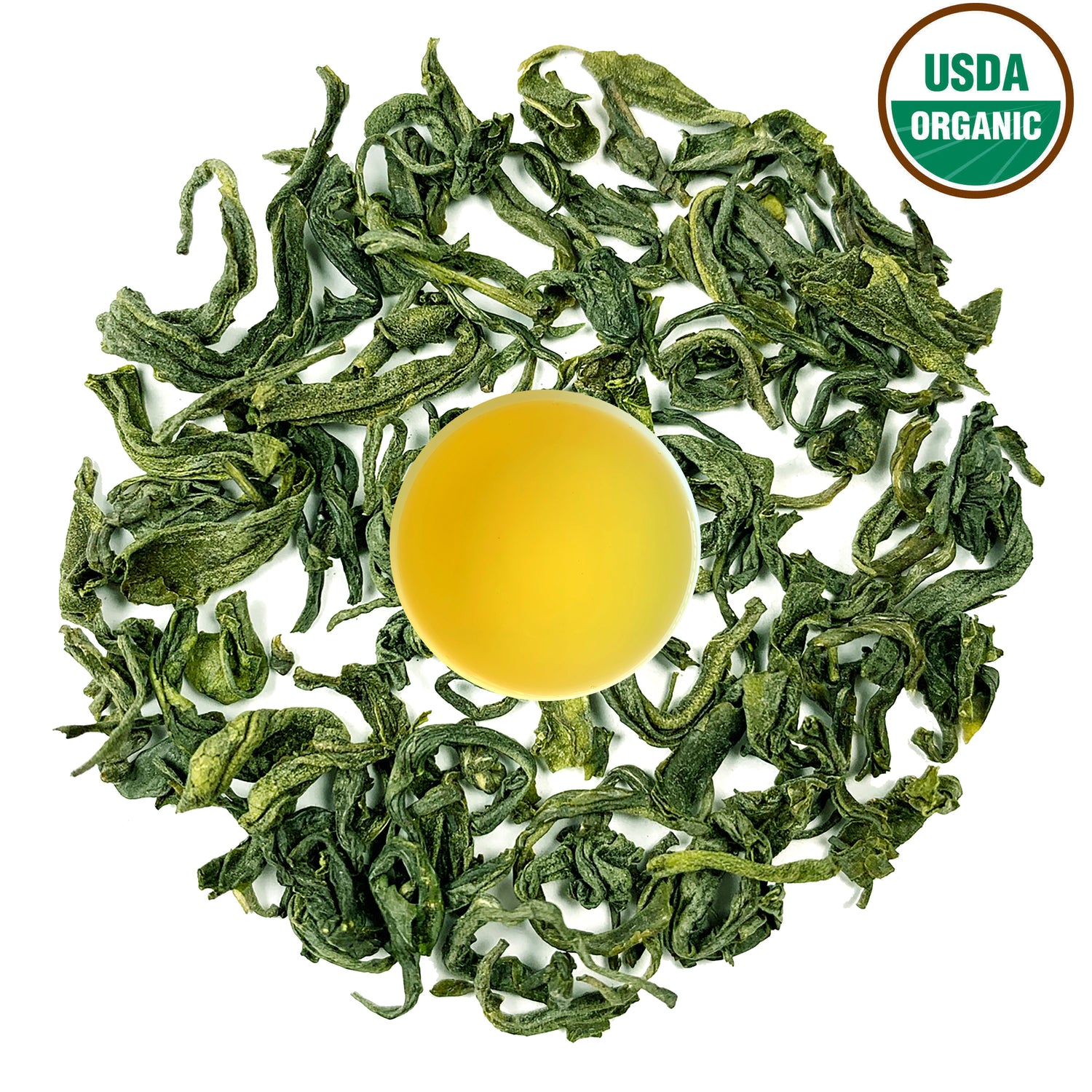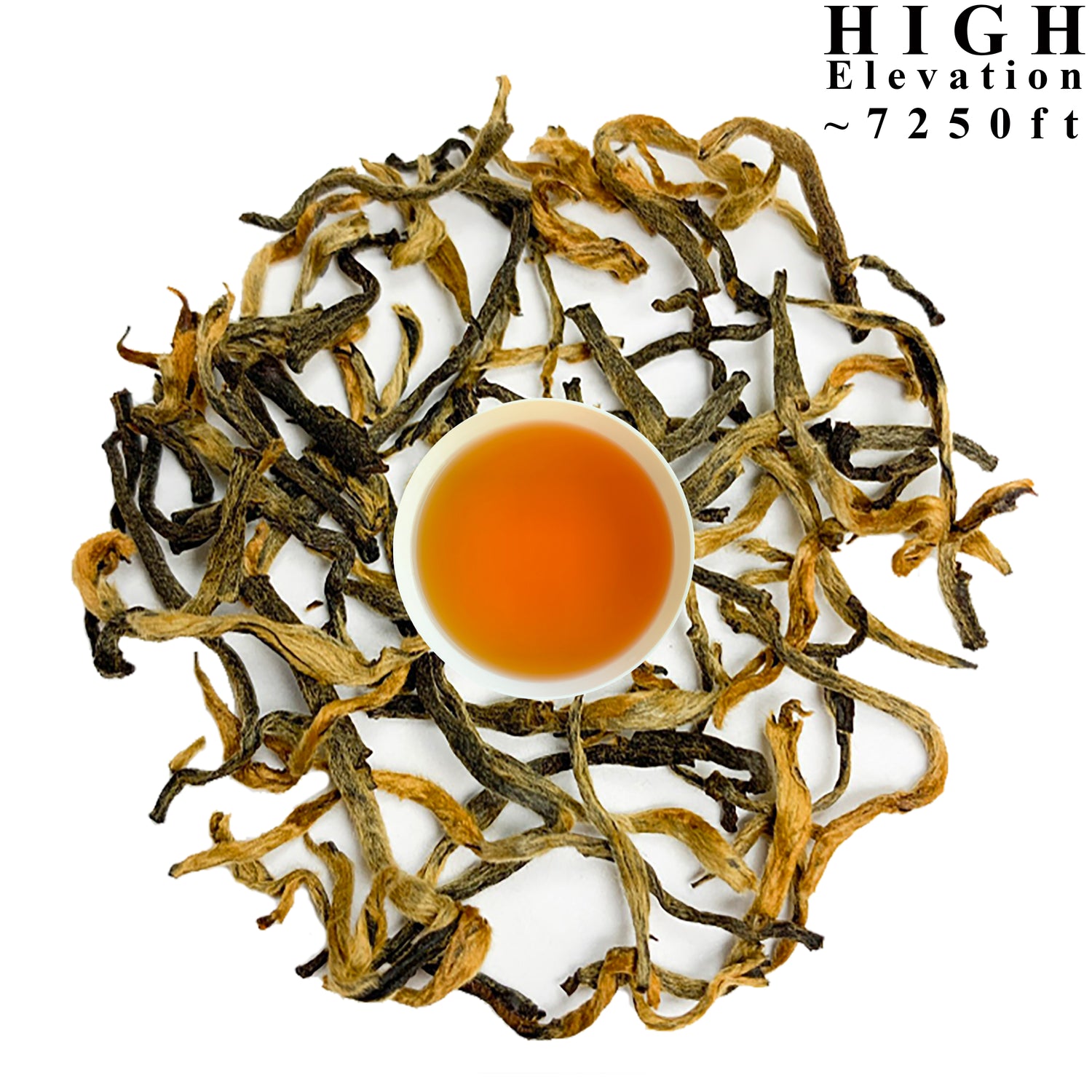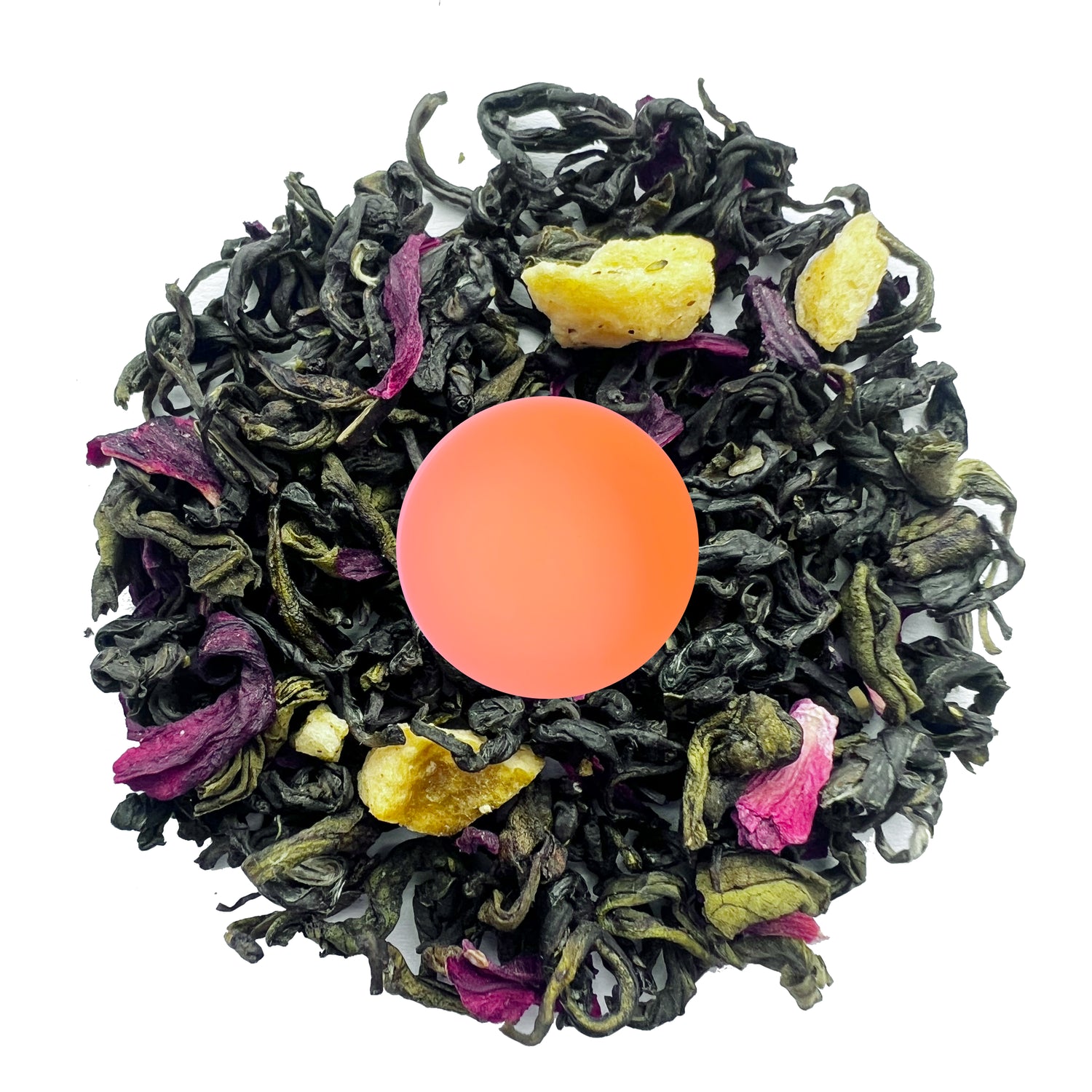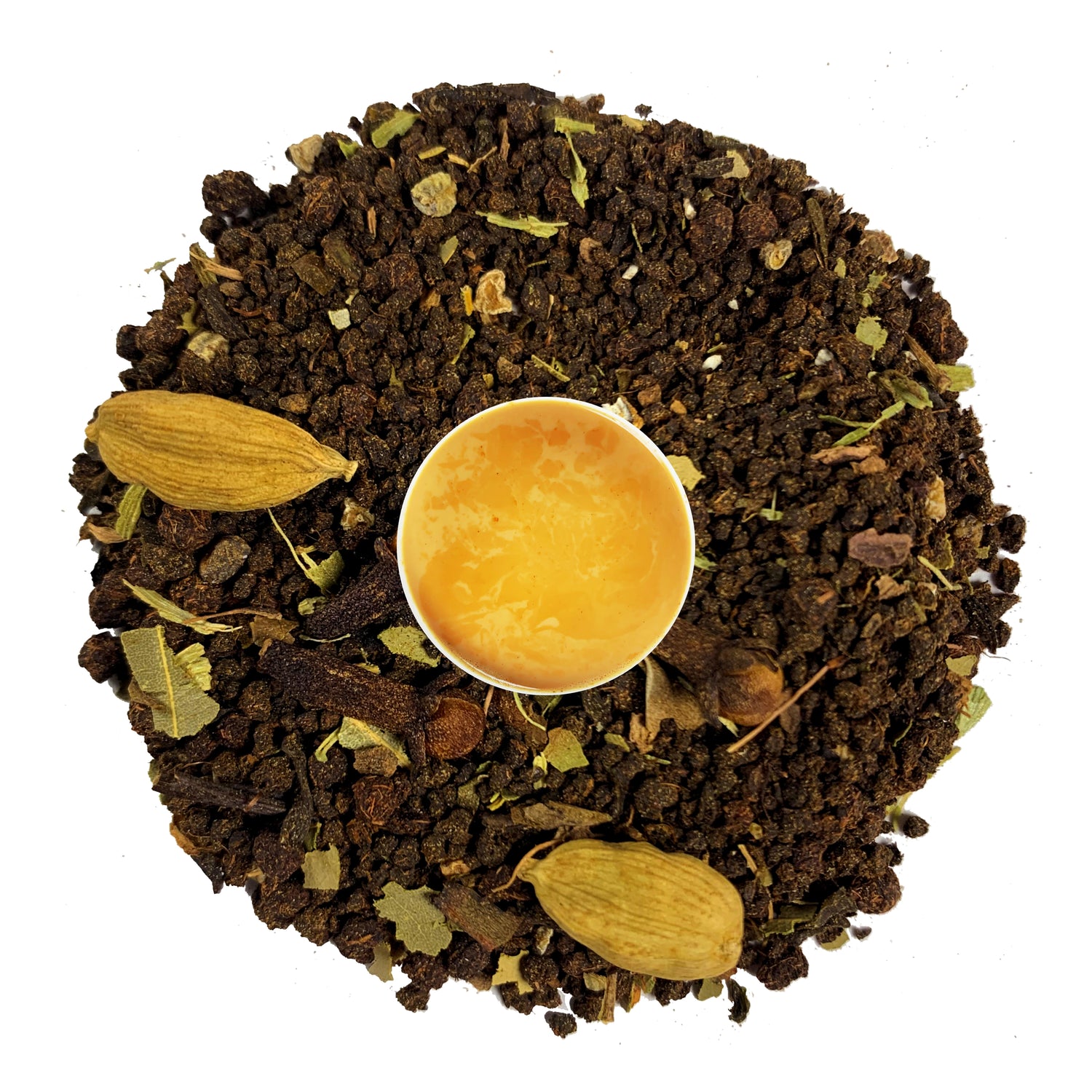Frequently Asked Questions
What types of tea are there?
The main types of tea are black tea, green tea, oolong tea, white tea, and herbal tea. These teas are made from the leaves of the Camellia sinensis plant and differ in their processing methods.
How to start a tea enthusiast blog?
Here are some tips to start a tea enthusiast blog:
Choose a niche or focus area within the tea industry (e.g., green tea, herbal blends, tea history).
Develop a consistent posting schedule and publish high-quality, informative content about your chosen tea topics.
Engage with your audience by encouraging comments, answering questions, and sharing user-generated content.
Leverage social media platforms to promote your blog and connect with other tea enthusiasts.
Consider monetization options like affiliate marketing, sponsorships, or selling your own tea-related products.
What type of tea is Lipton?
Lipton is a popular brand that primarily sells black tea, although they also offer other tea varieties like green tea, herbal tea, and iced tea.
What are the health benefits of tea?
Tea offers an array of health benefits, including antioxidant properties, improved cognitive function, reduced inflammation, and enhanced cardiovascular health. The specific benefits can vary depending on the tea variety, such as green, black, or herbal teas.
Which teas have the highest antioxidants?
Green tea, black tea, and oolong tea are considered to have the highest antioxidant content among different tea varieties. These teas are minimally processed, allowing them to retain more of their natural polyphenol compounds.
How can tea improve digestion?
Tea can improve digestion by:
Containing compounds like polyphenols that may stimulate digestive enzymes
Having anti-inflammatory properties that can soothe the digestive tract
Providing hydration, which is crucial for healthy digestion
What is the history of tea culture?
Tea has been an integral part of various cultures for centuries. Originating in ancient China, the ritual of tea drinking spread to Japan, India, and eventually, across the globe, evolving unique preparation methods and social traditions in each region.
How does white tea differ from green tea?
White tea is less processed than green tea, retaining more antioxidants. It has a delicate, subtle flavor compared to the grassy notes of green tea. White tea is also lower in caffeine content.
What are the best practices for tea brewing?
Use fresh, high-quality water and heat it to the appropriate temperature for the tea type.
Measure the tea leaves precisely, using about 1-2 teaspoons per 8 oz cup.
Brew the tea for the recommended steeping time, typically 2-5 minutes for green tea and 3-7 minutes for black tea.
Avoid over-steeping, which can lead to bitterness.
Serve the tea immediately or transfer to a warmed teapot to maintain the ideal temperature.
Can tea help in weight loss efforts?
Yes, certain types of tea, such as green tea and oolong tea, may support weight loss efforts due to their potential to increase metabolism and fat burning. The catechins and caffeine in these teas have been linked to enhanced thermogenesis and lipolysis, which can contribute to weight management when combined with a balanced diet and regular exercise.
What are the rarest types of tea?
The rarest types of tea include white peony (Bai Mu Dan), imperial dragon pearl (Long Zhu), and Da Hong Pao (Wuyi rock tea). These teas are prized for their limited production, complex flavors, and cultural significance.
How is matcha tea traditionally prepared?
Matcha tea is traditionally prepared by whisking the finely powdered green tea leaves in hot water using a bamboo whisk until a smooth, frothy consistency is achieved. The tea is then served immediately in a small bowl.
What are the latest trends in tea consumption?
The latest trends in tea consumption include a growing interest in specialty and premium teas, increased demand for functional and wellness-focused teas, and a rise in popularity of iced and ready-to-drink tea options.
How do tea flavors vary by region?
Tea flavors can vary significantly by region due to factors like climate, soil composition, and processing methods. For example, teas from Darjeeling in India tend to have a delicate, floral aroma, while those from Yunnan in China often have rich, earthy notes.
What are the most popular tea blends?
Some of the most popular tea blends include:
Earl Grey - a blend of black tea and bergamot
English Breakfast - a robust blend of black teas
Chai - a spiced black tea blend with ingredients like cinnamon, ginger, and cardamom
Matcha green tea - a powdered green tea used in traditional Japanese tea ceremonies
How can one review teas on a blog?
Here are some tips for reviewing teas on a blog:
Describe the tea's appearance, aroma, and flavor profile in detail.
Provide brewing instructions and recommend the optimal steeping time and temperature.
Discuss the tea's health benefits, caffeine content, and overall quality.
Compare the tea to others in its category and share your personal rating or recommendation.
What are the ceremonial practices of tea drinking?
The ceremonial practices of tea drinking include the carefully choreographed preparation and serving of tea, the use of specialized utensils, and the observation of specific customs and protocols that vary by cultural tradition, such as the Japanese tea ceremony.
How does one become a certified tea sommelier?
To become a certified tea sommelier, one must complete a formal tea sommelier training program recognized by a reputable tea organization. This typically involves extensive education on tea cultivation, processing, history, and tasting methodologies.
What role does tea play in wellness?
Tea is a versatile beverage that can promote wellness in various ways. It offers antioxidants, boosts hydration, and can help reduce stress and inflammation. Certain teas, such as green tea and herbal teas, are particularly known for their health benefits.
How do you pair food with different teas?
Here are some tips for pairing food with different teas:
Pair light, delicate teas like green or white tea with mild, subtle dishes.
Match robust black teas with hearty, flavorful foods like meats or spiced dishes.
Complement herbal teas with fresh fruits, desserts, or light snacks.
Consider the brewing strength, flavor profile, and tannin level of the tea when choosing pairings.
What are the environmental impacts of tea production?
Tea production can have several environmental impacts, including water scarcity, soil degradation, and pesticide pollution. Proper water management, sustainable farming practices, and organic cultivation methods can help mitigate these issues.
How do you store different types of tea?
Here are some tips for properly storing different types of tea:
Store whole leaf teas in airtight containers away from light, heat, and moisture to preserve freshness.
Keep flavored or blended teas in sealed containers as well to prevent flavor loss.
Store green teas in the refrigerator or freezer to slow oxidation.
Black, oolong, and herbal teas can be stored at room temperature in a cool, dark place.
What is the proper water temperature for tea?
The optimal water temperature for brewing tea is between 195-205°F (91-96°C). This temperature range allows the tea leaves to steep properly, extracting the full flavor and aroma without burning the delicate leaves.
How do herbal teas differ from true teas?
Herbal teas, also known as tisanes, are made from a variety of plants, herbs, flowers, and fruits, while true teas come exclusively from the Camellia sinensis plant. Herbal teas generally do not contain caffeine, unlike true teas.
What are the best tea tasting techniques?
The best tea tasting techniques include examining the tea's appearance, smelling the dry and wet leaves, observing the liquor color, and tasting the tea with small, controlled sips to evaluate its flavor, aroma, and mouthfeel. Proper tea tasting requires focused attention and an open mind to fully appreciate the tea's qualities.
How do you describe the aroma of tea?
The aroma of tea can be described as fragrant, earthy, grassy, floral, or spicy, depending on the tea variety. The scent often provides insights into the tea's flavor profile and brewing experience.
What are the etiquette rules for tea drinking?
Here are some key tea drinking etiquette rules:
Hold the cup by the handle with your thumb and index finger.
Refrain from slurping or making loud noises while drinking.
Avoid adding milk or sugar unless it is expected or customary.
Stir the tea gently to avoid splashing.
Maintain good posture and avoid leaning over the cup.
How do you create a tea tasting event?
Here are some tips for organizing a tea tasting event:
Select a variety of high-quality loose-leaf teas to sample, such as green, black, oolong, and herbal.
Provide tasting notes for each tea, including flavor profiles, aromas, and brewing instructions.
Serve the teas in small cups or glasses to allow guests to fully experience the nuances of each variety.
Encourage guests to cleanse their palates between tastings with water and light snacks.
Facilitate discussion and feedback from attendees to enhance their tea tasting experience.
What are the benefits of loose leaf tea?
Loose-leaf tea offers richer, more robust flavors compared to tea bags. It also allows for better control over steeping time and temperature, resulting in a more customizable and enjoyable tea experience.
How do you select quality tea leaves?
Here are some tips for selecting quality tea leaves:
Look for whole, unbroken leaves with a vibrant green color.
Avoid tea that appears dull, brown, or crushed.
Consider the origin and processing method - high-quality tea is typically hand-picked and minimally processed.
Smell the tea - it should have a fresh, aromatic scent.
